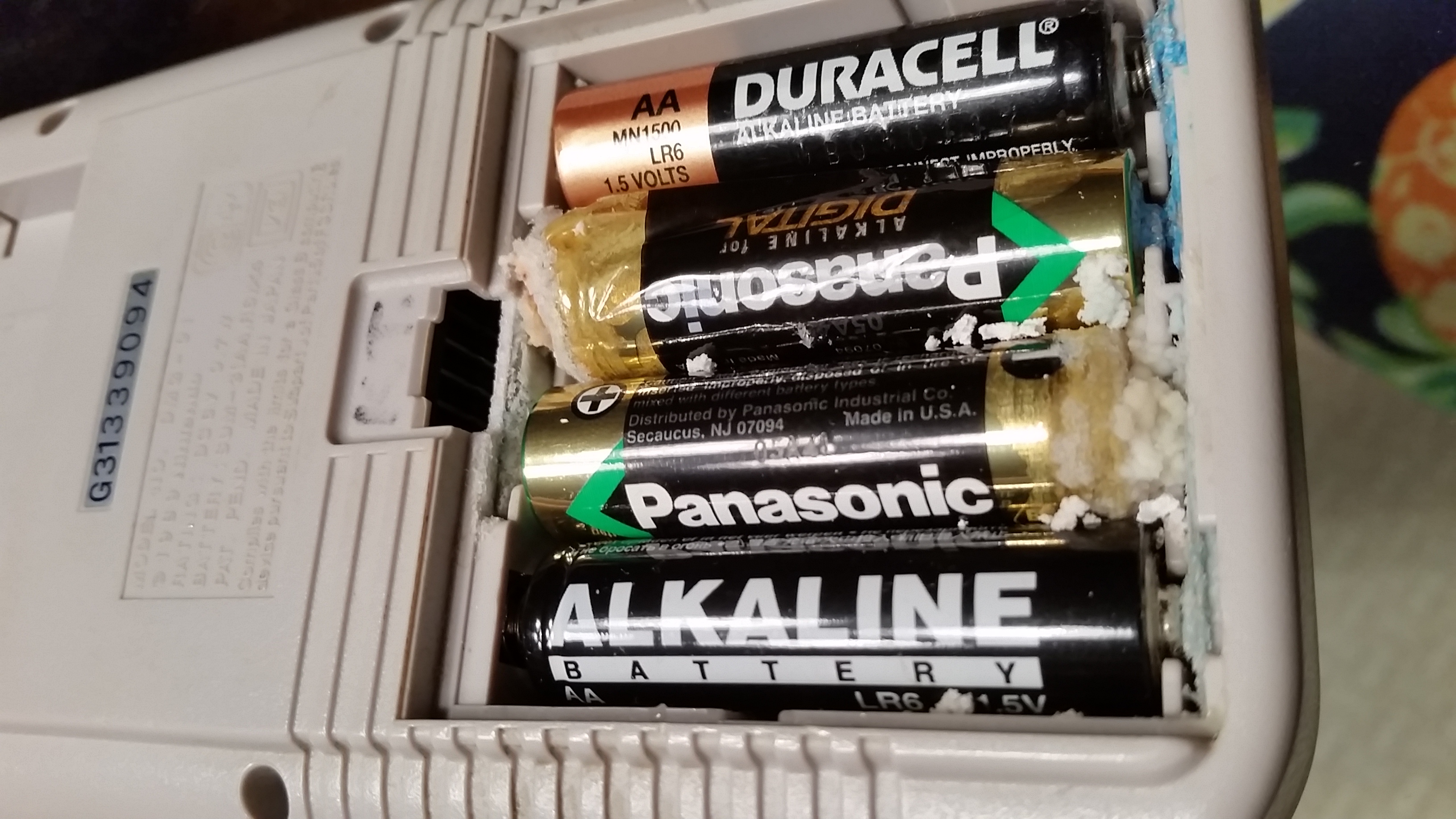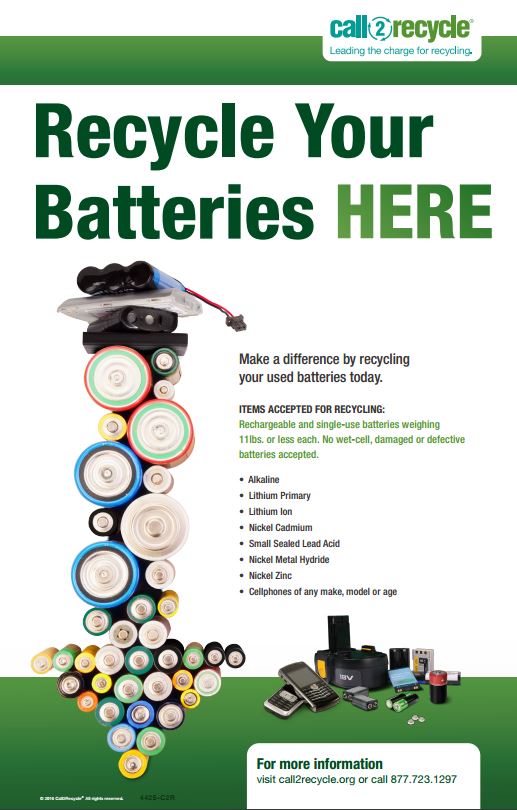This post was written by IGG staff member Yab Demisie.
Batteries play a major role in many of our lives. They power a wide range of everyday objects that we use day to day from small children’s toys to handheld devices like phones and wearables to fully electric cars like the Tesla Model S. While some batteries are rechargeable, no battery lasts forever. According to an everyday green article, the Environmental Protection Agency (EPA) has stated that over 3 billion batteries are thrown away yearly in just America alone. Due to various heavy metals contained in batteries, simply throwing away a battery can pose many harmful risks to the environment and landfills.
A majority of batteries contain metals such as (but not limited to): lead, copper, mercury, zinc, cadmium, manganese, lithium, and potassium. When batteries enter landfills, the casings could eventually corrode and metals could leak out into the soil, seeping into our water supply and then the ocean. This poses a great danger to human health and the environment.
Water contamination is not the only hazard that occurs when a battery is improperly disposed of. Landfill fires caused by batteries have gone up in recent years. The main perpetrators of this are lithium-ion batteries (which are most commonly found in smartphones). This is due to them being very energy dense and high voltage, paired with the fact that most of them use highly flammable organic based electrolytes in their chemical makeup. When lithium batteries are thrown away and put into landfills, they are put under heavy stress and have a high risk of being punctured. This makes it extremely important to properly recycle your batteries. A case of this happening was at the Aquatera landfill in the Grand Prairie region. According to a Daily Herald Tribune post, a lithium-ion battery most likely short-circuited or was crushed under a compactor causing it to ignite.
There are a few short and simple steps you can take to prevent any of these from happening. First, it is always best to cut back on battery waste. This could be done by using rechargeable batteries instead of single-use Alkaline. While this poses more upfront costs, it will reduce the number of batteries you have to throw away each year. Second, you should never throw batteries away into the trashcan. While it is legal to throw away alkaline batteries, it is still better to recycle them than to simply toss them into the trash. That said, fires can also be an issue at recycling facilities.
There are many locations to recycle your used batteries, the Illini Gadget Garage is one such place! When dropping off batteries, there are a few things to keep in mind to prevent fires at recycling facilities. If you are recycling ANY lithium-ion battery, alkaline battery greater than 9 volts, or a rechargeable battery with a voltage greater than 12, you must either bag them separately or tape the terminals before dropping them off. This is to prevent terminals from touching, leading them to ignite.
To find places close to you, visit either the city of Urbana website or the city of Champaign’s recycling page. Click here for a map of university locations. Another source to find drop off locations for non-Champaign Urbana residents is the Call2recycle website.
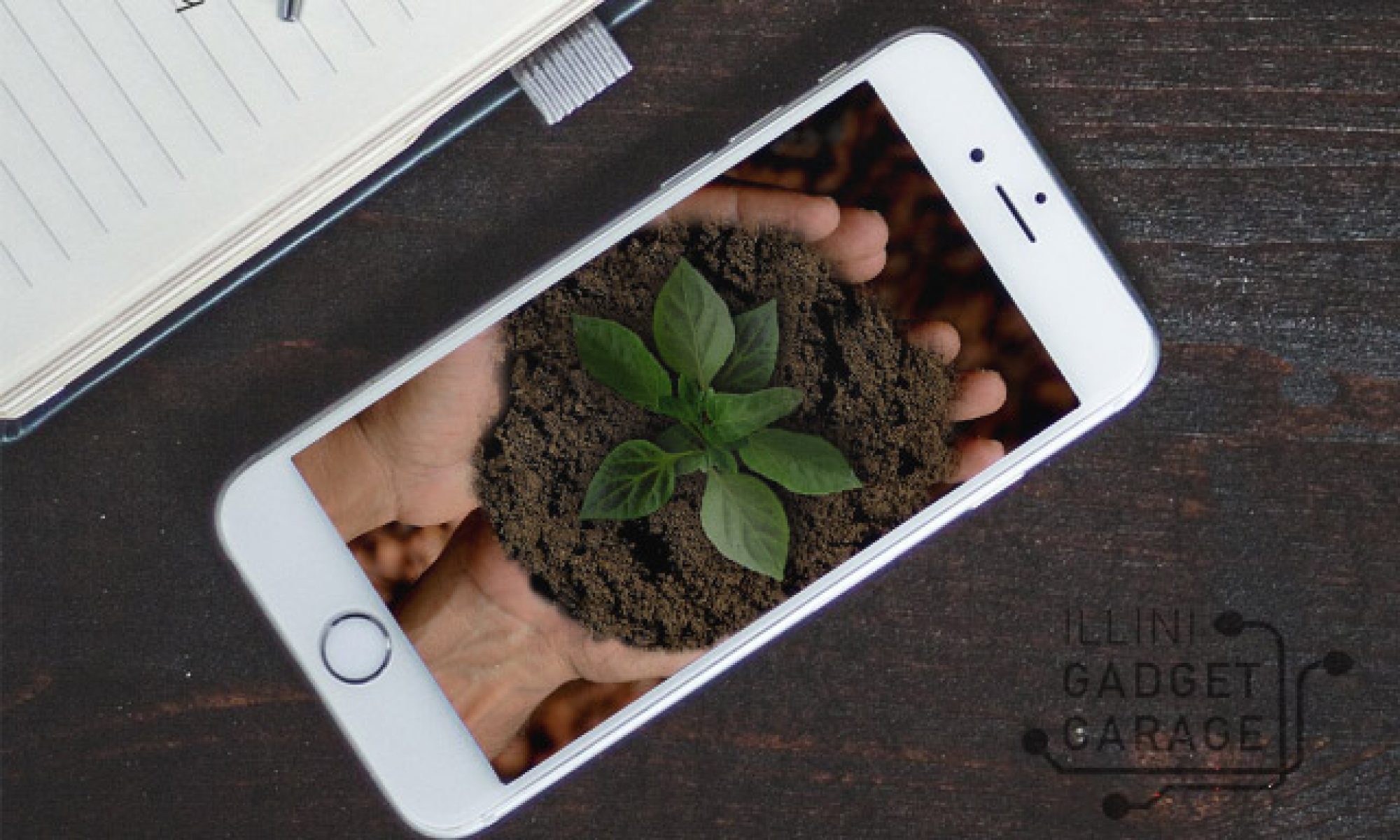
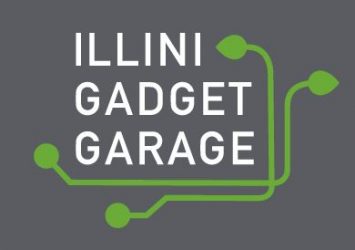
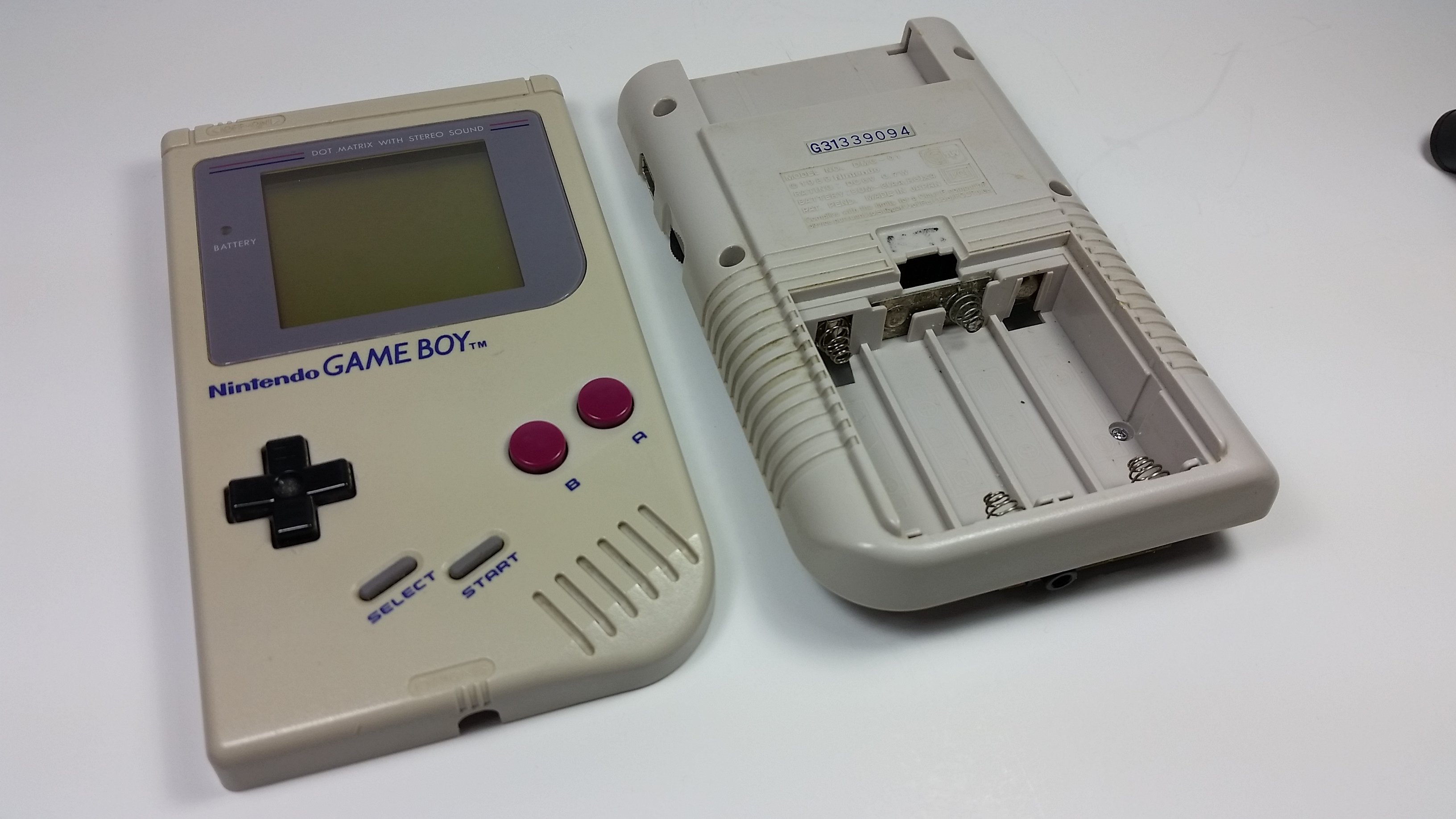 After getting removed from a parent’s basement, my friend showed me the bag of retro games and consoles her parents had returned to her after years of sitting dormant. In my excitement of holding an original Game Boy, I flipped the device on only to have nothing happen. Batteries must be dead, was my natural assumption. I opened the battery compartment to find the batteries had leaked and corrosion EVERYWHERE.
After getting removed from a parent’s basement, my friend showed me the bag of retro games and consoles her parents had returned to her after years of sitting dormant. In my excitement of holding an original Game Boy, I flipped the device on only to have nothing happen. Batteries must be dead, was my natural assumption. I opened the battery compartment to find the batteries had leaked and corrosion EVERYWHERE.